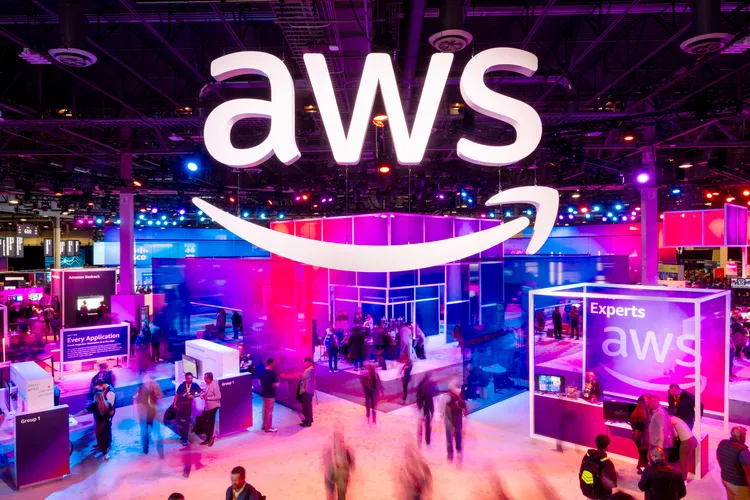In a significant move into the realm of AI image generation, Amazon has introduced its latest innovation, the Titan Image Generator, a text-to-image AI model. Unveiled at the AWS re:Invent conference, this advanced tool is designed to produce “realistic, studio-quality images” with built-in safeguards against toxicity and bias. Unlike standalone applications or websites, Titan serves as a versatile tool for developers, enabling them to construct their image generators using the underlying model, contingent on access to Amazon Bedrock.
During his keynote address, Swami Sivasubramanian, AWS Vice President of Database, Analytics, and Machine Learning, showcased the Titan Image Generator’s capabilities, emphasizing its proficiency not only in generating images from natural language prompts but also in seamlessly altering backgrounds. This marks a departure from the consumer-oriented focus of existing image generators like OpenAI’s DALL-E, targeting a more enterprise-centric audience.

All images generated by Titan Image Generator will automatically carry invisible watermarks, as part of voluntary commitments made by Amazon to the White House in July. Vasi Philomin, AWS Vice President for Generative AI, explained that this watermarking strategy was devised to distinctly label AI-created images without affecting their visual integrity, latency, or susceptibility to cropping or compression.
However, the detection of the invisible watermark poses a challenge, addressed by Amazon through the creation of an API. Users can connect to this API to verify the image’s provenance, adhering to the intentional design of Titan as a model rather than a finished product. Developers utilizing Titan Image Generator have the flexibility to determine how they convey this information to end-users.
The incorporation of invisible watermarks aligns with the Biden administration’s executive order on AI, emphasizing the identification of AI-generated content. Notably, companies like Microsoft and Adobe have adopted systems such as the Content Credentials system developed by the Coalition for Content Provenance and Authenticity (C2PA). Adobe goes a step further by introducing an icon to signify content credentials in both image and video content.
In addition to Titan Image Generator, Amazon has announced the general availability of other Titan models, including Titan Text Lite—a smaller model suitable for lightweight text generation tasks such as copywriting—and Text Express, designed for more extensive applications like conversational chat apps.
Amazon further extends copyright indemnity to customers utilizing its Titan foundation models, encompassing text-to-image functionalities. Legal coverage is also offered to users of any Amazon-created AI application, even if the application employs a different foundation model sourced from Amazon’s Bedrock AI model repository, which includes models like Meta’s Llama 2 or Anthropic’s Claude 2. Prominent applications under this umbrella include AWS HealthScribe, CodeWhisperer, Amazon Personalize, Amazon Lex, and Amazon Connect Contact Lens.

